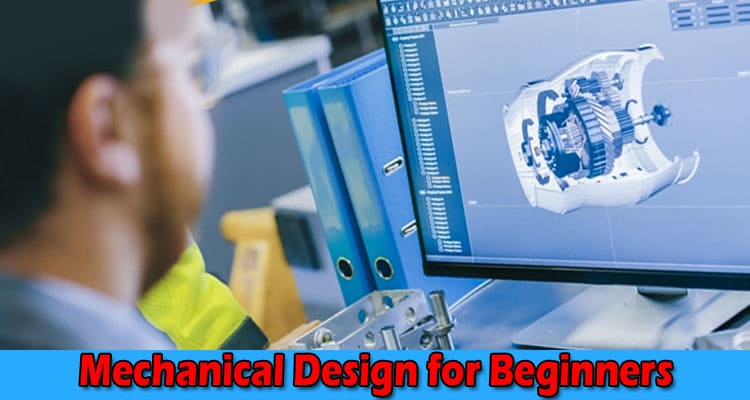For the vast majority of people, it’s hard to realize how much mechanical design can affect our everyday life. This depends primarily on the fact that many of us can barely describe what mechanical design is about. The definition itself of mechanical design is absolutely generic: it is, basically, a science, a cluster of techniques and a practice at the same time, through which we can realize with the utmost precision every mechanical component of a huge variety of objects.
Machinery parts and device components that involve a mechanical movement are made through a mechanical design procedure. This means that almost every object that we use every day is conceived starting from this discipline. From our house furniture to the last sophisticated electronic devices, from the vehicles that we drive to the most massive industrial machines, there is a mechanical design preliminary work behind almost everything.
But what’s the main purpose of mechanical design? What does it exist for? Basically, this discipline is an enhancement of the basic mechanical engineering, which remains the foundation of it. It helps to create, literally from nowhere, mechanical components (gears, drives, racks, shafts, gyroscopes, joints, clutches, bearings, pulleys, springs, dampers, seals and many others) perfectly fit for a specific purpose. Through the most sophisticated software, it’s possible to design this components and simulate their response while they’re performing. It allows the design team to evaluate the effectiveness of every single part of a mechanical device, modifying their parameters until they’re able to provide the best possible performance.
The prototypes’ design has always been one of the highest costs of many industrial sectors (just think about the automotive, the shipbuilding industry or the aircraft construction). Thanks to the most refined mechanical design software (like those provided by Dassault Systèmes), these costs have been substantially reduced, allowing many companies to invest in other sectors (safety, comfort, ergonomics, design, materials research). This phenomenon has triggered a sort of chain reaction that ended with a remarkable improvement of many people’s quality of life in different spheres of their daily routine.
There are several aspects on which mechanical design operates. The most important are the following ones.
- Functionality. Mechanical design allows to create machinery parts able to work at their best performing capacity, ensuring at the same time durability and reliability.
- Safety. It considers every possible safety issue, providing the operators with the best level of protection.
- Costs. It reduces drastically the design costs, being it in many parts automatized.
- Manufacturability. It produces machinery parts able to be assembled within the shortest period of time.
- Strength. In order to ensure the maximum lifespan, a machinery component might be able to resist all sorts of stress: temperature shifts, humidity, tensions, pressures, static electricity, and of course violent physical impacts with other objects.
- Materials. Thanks to a good mechanical design software it’s possible to detect the most suitable material for every single component.
- Kinematics. Many mechanisms have to move or be moved, and this movement has to be smooth and regular, without any trace of effort or stiffness. A good mechanical design work should be able to ensure this characteristic.


